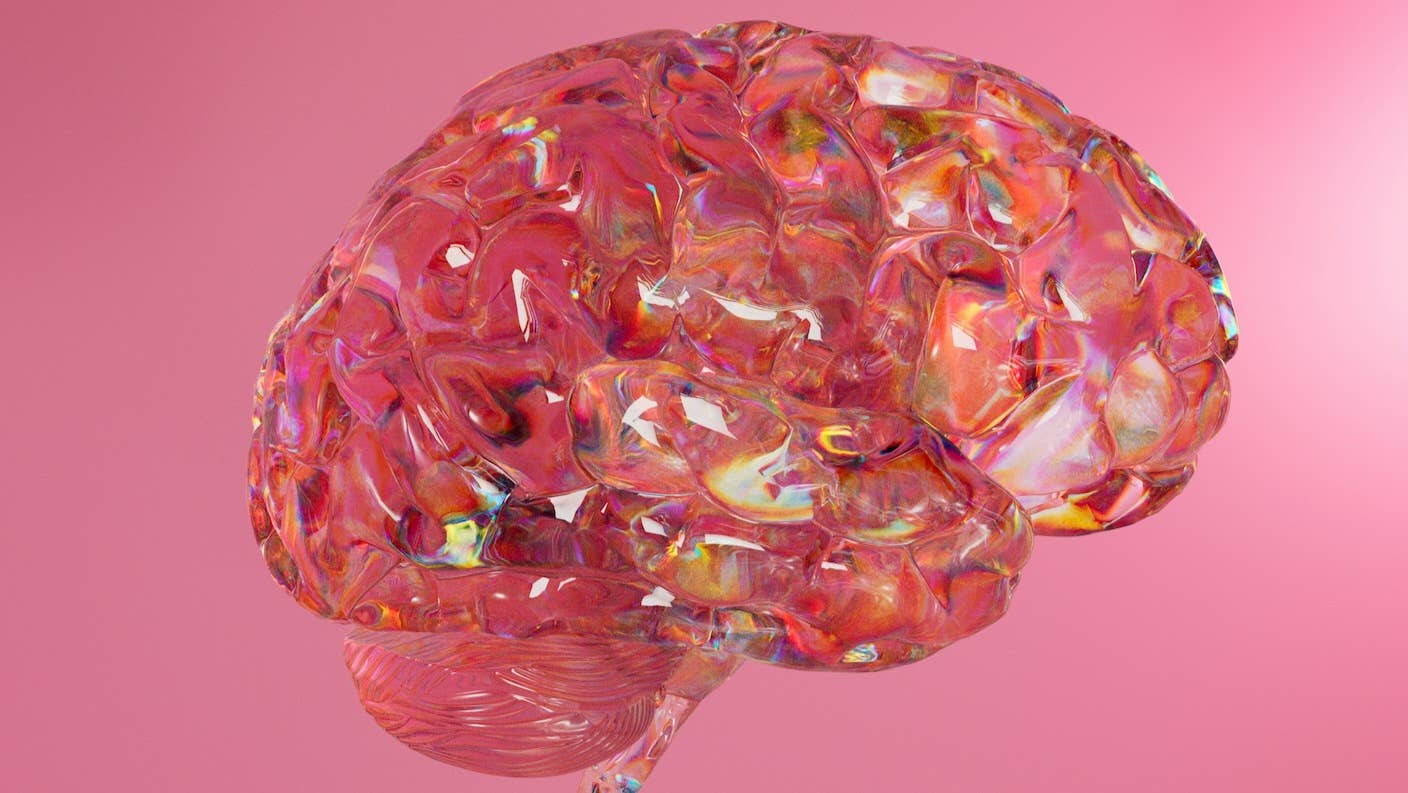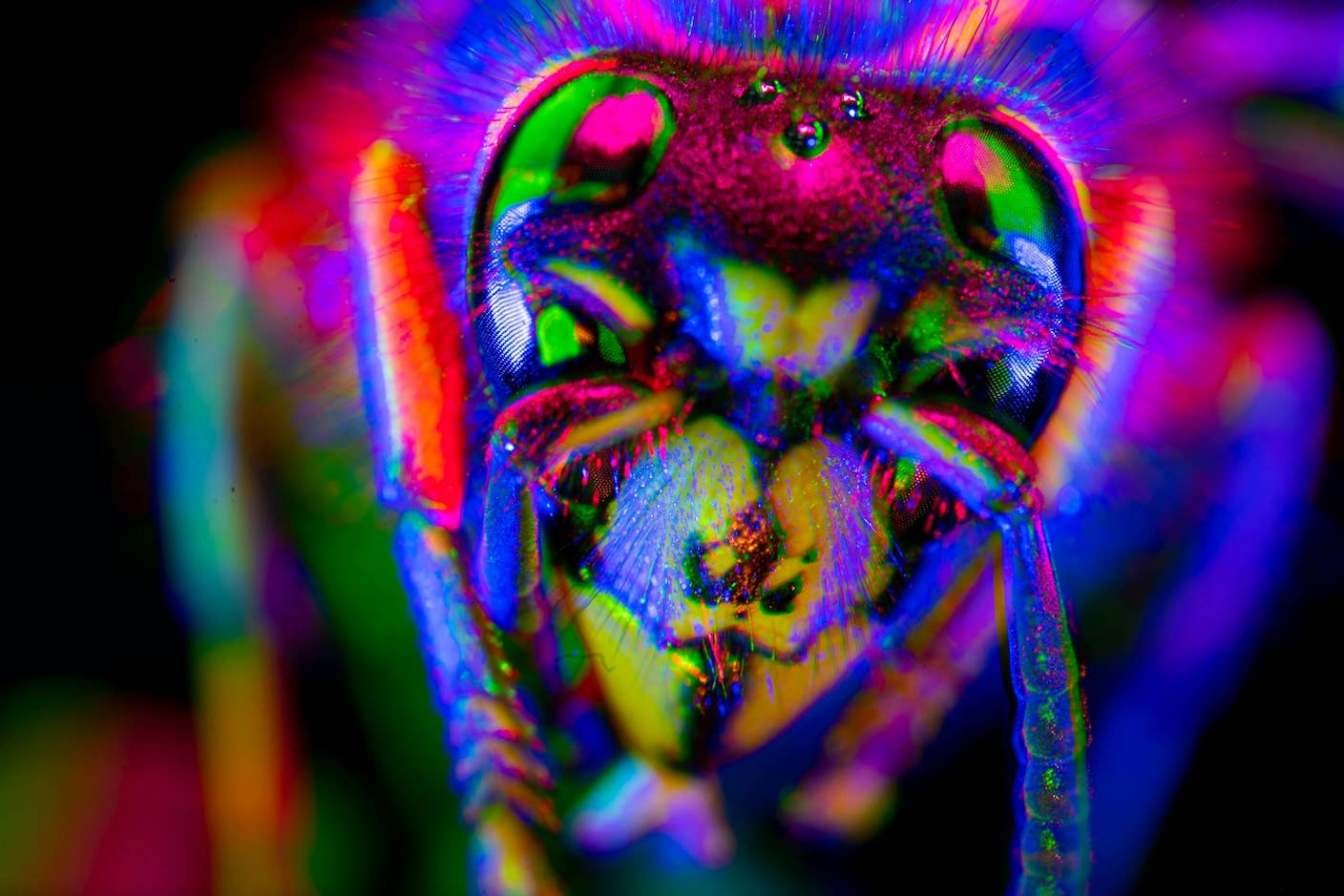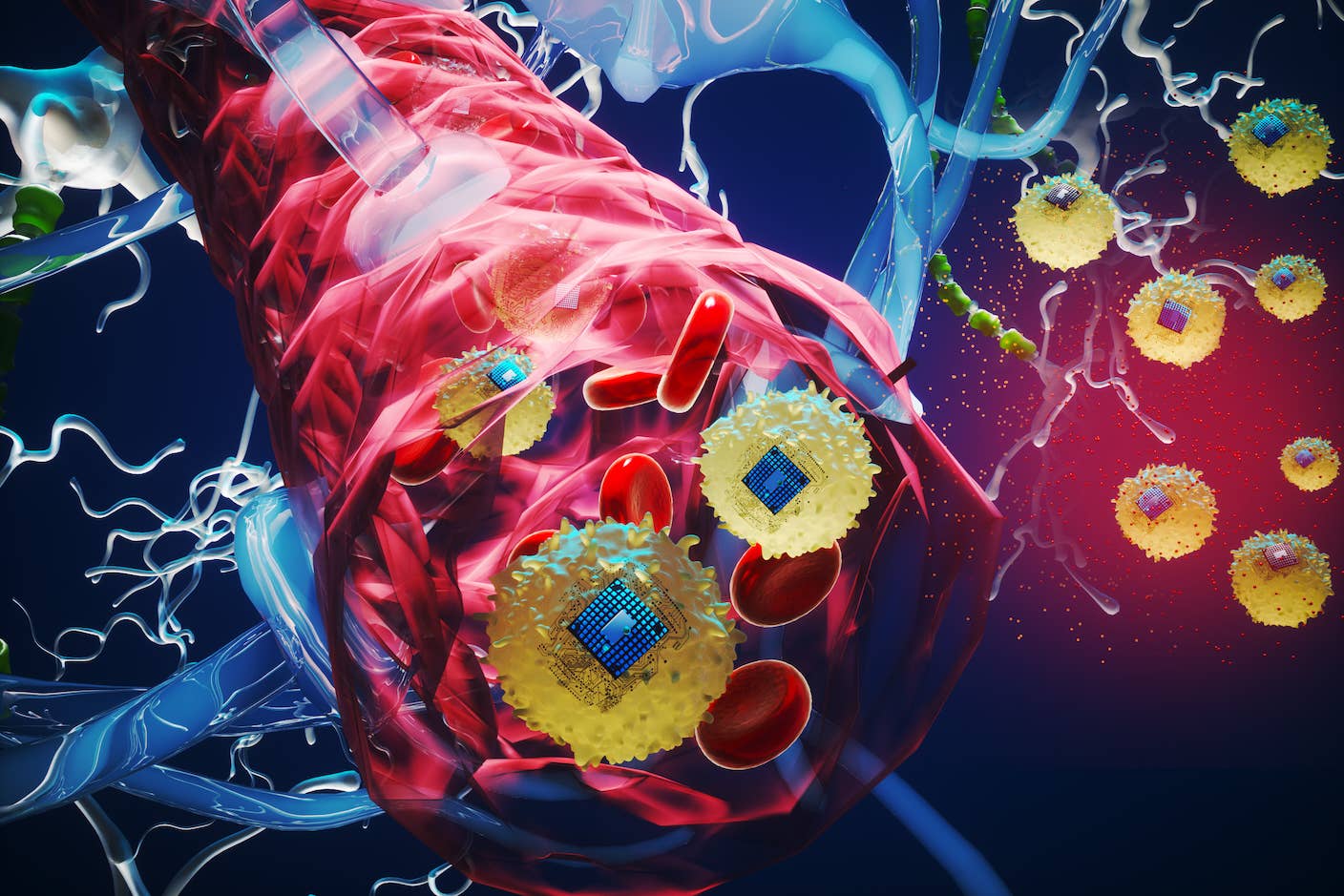Why Are Our Brains So Big? Because They Excel at Damage Control

Share
Compared to other primates, our brains are exceptionally large. Why?
A new study comparing neurons from different primates pinpointed several genetic changes unique to humans that buffer our brains’ ability to handle everyday wear and tear. Dubbed “evolved neuroprotection,” the findings paint a picture of how our large brains gained their size, wiring patterns, and computational efficiency.
It’s not just about looking into the past. The results could also inspire new ideas to tackle schizophrenia, Parkinson’s disease, and addiction caused by the gradual erosion of one type of brain cell. Understanding these wirings may also spur artificial brains that learn like ours.
The results haven’t yet been reviewed by other scientists. But to Andre Sousa at the University of Wisconsin-Madison, who wasn’t involved in the work, the findings can help us understand “human brain evolution and all the potentially negative and positive things that come with it.”
Bigger Brain, Bigger Price
Six million years ago, we split from a common ancestor with our closest evolutionary relative, the chimpanzee.
Our brains rapidly exploded in size—but crucially, only in certain regions. One of these was at the front of the brain. Called the prefrontal cortex, it’s an “executive control” center that lets us reason, make difficult decisions, and exercise self-control. Another region, buried deep in the brain, processes emotions and gives us the ability to easily move with just a thought.
The two regions are in ready communication, and their chatter may give rise to parts of our intellect and social interactions, such as theory of mind—where we can gauge another person’s emotions, beliefs, and intentions. Dopamine neurons, a type of brain cell, bridge this connection.
They may sound familiar. Dopamine, which these neurons pump out, is known as the “feel-good” molecule. But they do so much more. Dopamine neurons are spread across the entire brain and often dial the activity of certain neural networks up or down, including those regulating emotion and movement. Dopamine neurons are like light dimmers—rather than brain networks flipping on or off like a simple switch, the neurons fine-tune the level of action.
These cells “coordinate multiple aspects” of brain function, wrote study author Alex Pollen at the University of California, San Francisco and colleagues.
The puzzle? Compared to our primate relatives, we only have twice the number of dopamine neurons, a measly increase compared to the expansion of brain size. By scanning the brains of humans and macaque monkeys—which are often used in neuroscience research—the team found that our prefrontal cortex is 18 times larger, and the striatum has ballooned roughly 7 times.
In other words, each dopamine neuron must work harder to supply these larger brain regions.
Though they have long “branches,” neurons aren’t passive wires. To connect and function normally, they require high amounts of energy. Most of this comes from the cells’ energy factories, pea-like structures called mitochondria. While highly efficient, neurons degrade as we age or in cases of neurodegeneration, including Parkinson’s disease.
Dopamine neurons are also especially vulnerable to decay compared to other types of neurons because making dopamine generates toxic byproducts. Called reactive oxygen species, these chemicals are like tiny bullets that destroy the cells’ mitochondria and their outer wrappers.
Dopamine neurons have several natural methods of fighting back. They pump out antioxidants and have evolved ways to buffer toxic molecules. But eventually these defenses break down—especially in a bigger brain. In turn, the connection between the “reasoning” and “emotion” parts of the brain starts to fray.
Accumulating damage to these neural workhorses should be a nonstarter for building larger, more complex brains during evolution. Yet somehow our brains mostly skirted the trauma. The new study asked how.
Evolution in a Dish
The team grew 3D blobs made of stem cells from human, chimpanzee, orangutan, and macaque monkeys. After a month, the hybrid mini-brains began pumping out dopamine.
It may sound like a strange strategy, but pooling cells from different species establishes a baseline for further genetic analysis. Because they’re all growing in the same environment in a single blob, any differences in a cell’s gene expression are likely due to the species it came from, rather than environmental conditions or other effects, explained the team.
Be Part of the Future
Sign up to receive top stories about groundbreaking technologies and visionary thinkers from SingularityHub.


The final pool included cells from eight humans, seven chimpanzees, one orangutan, and three macaque monkeys.
The cells worked well together, developing an overall pattern mimicking dopamine neurons around the striatum—ones that reach out to the frontal parts of the brain. After growing them for up to 100 days, the team captured genes from each cell to gauge which ones were turned on or off. In total, they analyzed over 105,000 cells.
Compared to other species, human stem cells seemed most versatile. They gave birth not just to dopamine neurons, but also other brain cell types. And they had another edge: Compared to chimpanzees, human dopamine neurons dialed up genes to tackle damaging reactive oxygen “bullets.”
Gene expression tests showed that human dopamine cells had far higher levels of several genes that break down the toxic chemicals compared to other non-human primates—in turn limiting their damage to the sensitive neurons.
When challenged with a pesticide that elevates reactive oxygen species, human brain cells fought off the assault with a boost of a nurturing protein called brain-derived neurotrophic factor (BDNF). The molecule has long been a neuroscience darling for its ability to spur the birth and growth of new neurons and rewire old ones. Scientists have suggested BDNF may help ketamine reverse depressive symptoms by reshaping the brain’s networks.
In contrast, chimpanzee neurons from the same mini-brains couldn’t boost the protective protein when doused with the pesticide.
Keep on Fighting
The team analyzed the hybrid mini-brains at a very early stage of their development, when there was no chance of them developing any sort of sentience.
Their goal was to understand how our brains—especially dopamine neurons—have become resilient against damage and can tolerate the energy costs that come with a larger brain.
But the results could also boost cellular defense systems in people with dopamine-related disorders. Mutations in protective genes found in the study, for example, may increase disease vulnerability in some people. Testing them in animal models paves the way for more targeted therapies against these disorders.
Knowing how dopamine works in the brain at a molecular level across species provides a snapshot of what sets us apart from our evolutionary cousins. This “can advance our understanding of the origins of human-enriched disorders and identify new therapeutic targets and strategies for drug development,” wrote the team.
Image Credit: Marek Pavlík on Unsplash
Dr. Shelly Xuelai Fan is a neuroscientist-turned-science-writer. She's fascinated with research about the brain, AI, longevity, biotech, and especially their intersection. As a digital nomad, she enjoys exploring new cultures, local foods, and the great outdoors.
Related Articles

Are Animals and AI Conscious? Scientists Devise New Theories for How to Test This

These Brain Implants Are Smaller Than Cells and Can Be Injected Into Veins

This Wireless Brain Implant Is Smaller Than a Grain of Salt
What we’re reading